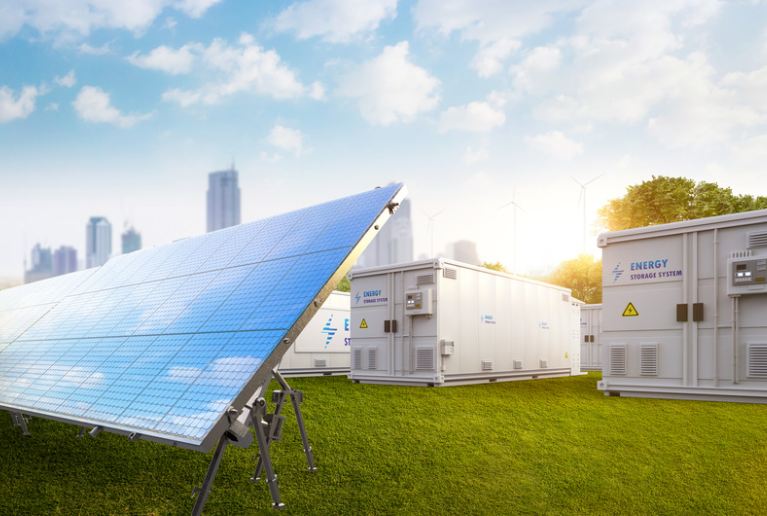A $142 million financing package from the European Bank for Reconstruction and Development (EBRD) is set to catalyze Uzbekistan’s largest renewable energy and storage development to date — a 1 GW solar photovoltaic (PV) complex paired with 1,336 MWh of battery energy storage.
The project, to be implemented through two ACWA Power-led special-purpose vehicles (SPVs), represents a pivotal test case for large-scale renewable integration in Central Asia’s carbon-intensive energy systems.
The two SPVs, ACWA Power Sazagan Solar 1 and ACWA Power Sazagan Solar 2, will combine the financial and technical capacities of major international partners. ACWA Power retains majority ownership, joined by Japan’s Sumitomo Corporation, Shikoku Electric Power, and Chubu Electric Power — marking Japan’s first participation in Uzbekistan’s renewable and battery energy storage sector. This joint venture signals not only investor confidence in Uzbekistan’s evolving energy market but also an emerging regional model for blended public–private financing of clean infrastructure.
The EBRD’s package includes two senior secured loans: $61 million for Sazagan Solar 1, which will build a 500 MW PV plant with a 668 MWh storage system in the Samarkand region, and $81 million for Sazagan Solar 2, which will develop a similar PV capacity paired with a second 668 MWh BESS facility in the Bukhara region. Co-financiers include the Japan Bank for International Cooperation (JBIC), Asian Development Bank (ADB), and Islamic Development Bank (IsDB), alongside NEXI-covered lenders.
The structure of this financing reflects a broader shift in Central Asia toward risk-mitigated project development frameworks. By mobilizing concessional capital alongside export credit and multilateral lending, Uzbekistan is improving bankability for renewables in a country still reliant on gas-fired power for more than 80% of electricity generation.
The project’s combined output — an estimated 2,300 GWh of electricity per year, sufficient for nearly 600,000 households — will serve as a benchmark for regional decarbonization. Yet the integration of over 1.3 GWh of battery capacity raises complex operational challenges. Uzbekistan’s grid infrastructure remains under modernization, with limited experience handling variable renewable inputs. The deployment of large-scale storage is expected to provide crucial frequency regulation and peak balancing, but its real performance will depend on grid coordination, dispatch protocols, and pricing mechanisms that remain under development.
In practical terms, the inclusion of battery systems will allow greater utilization of daytime solar peaks and reduce curtailment — a recurring issue in emerging solar markets with limited flexibility. For the EBRD, this marks a continuation of its push to pair renewable projects with grid stabilization components, positioning storage as a cornerstone of energy security rather than a standalone technology.
Stay updated on the latest in energy! Follow us on LinkedIn, Facebook, and X for real-time news and insights. Don’t miss out on exclusive interviews and webinars—subscribe to our YouTube channel today! Join our community and be part of the conversation shaping the future of energy.





